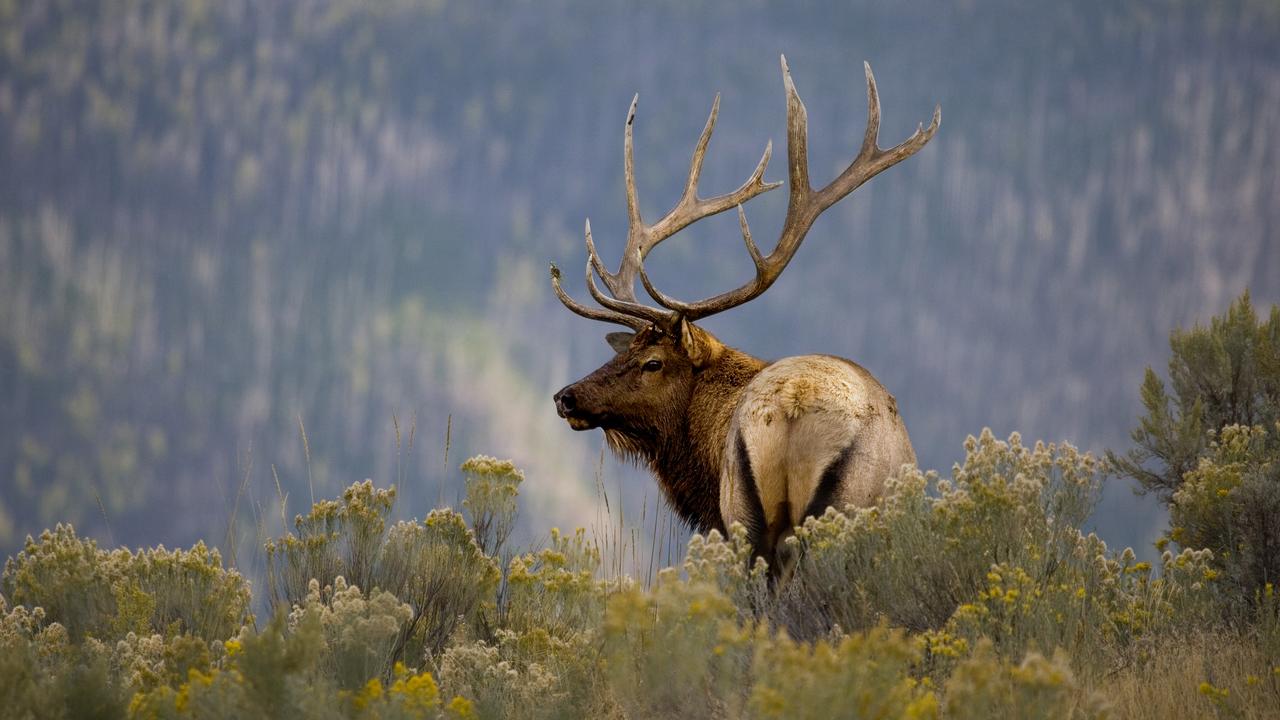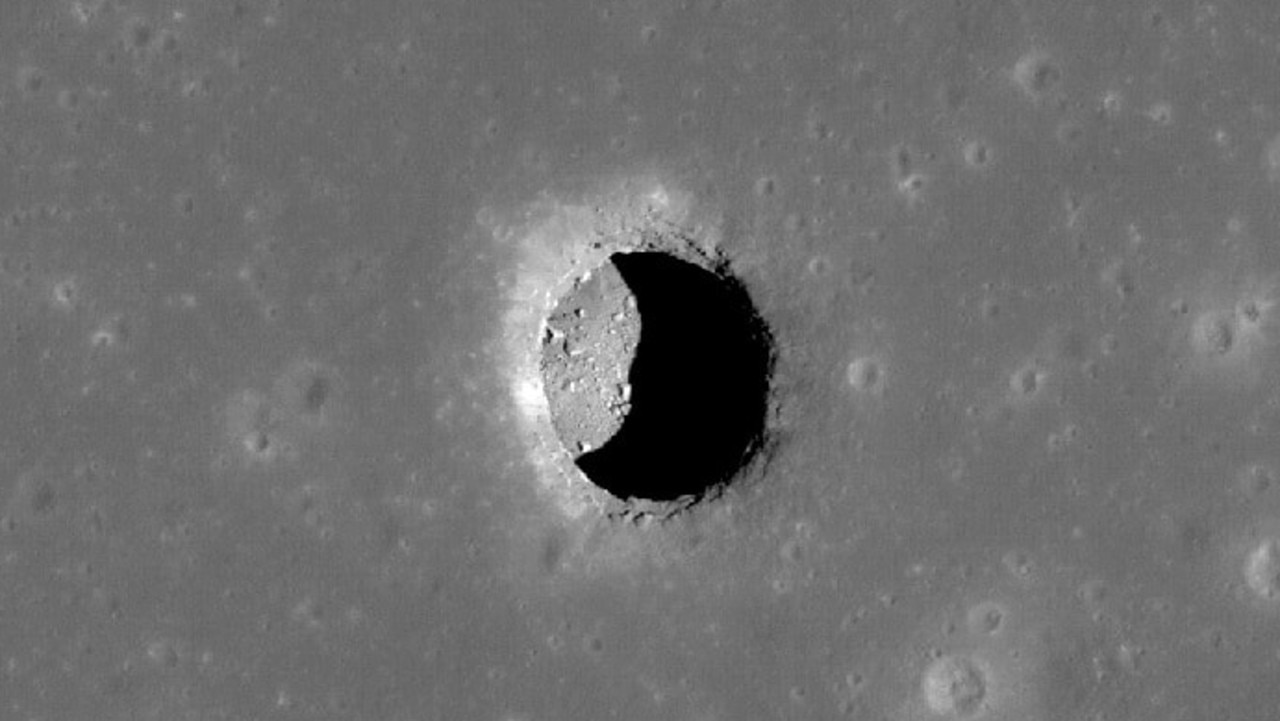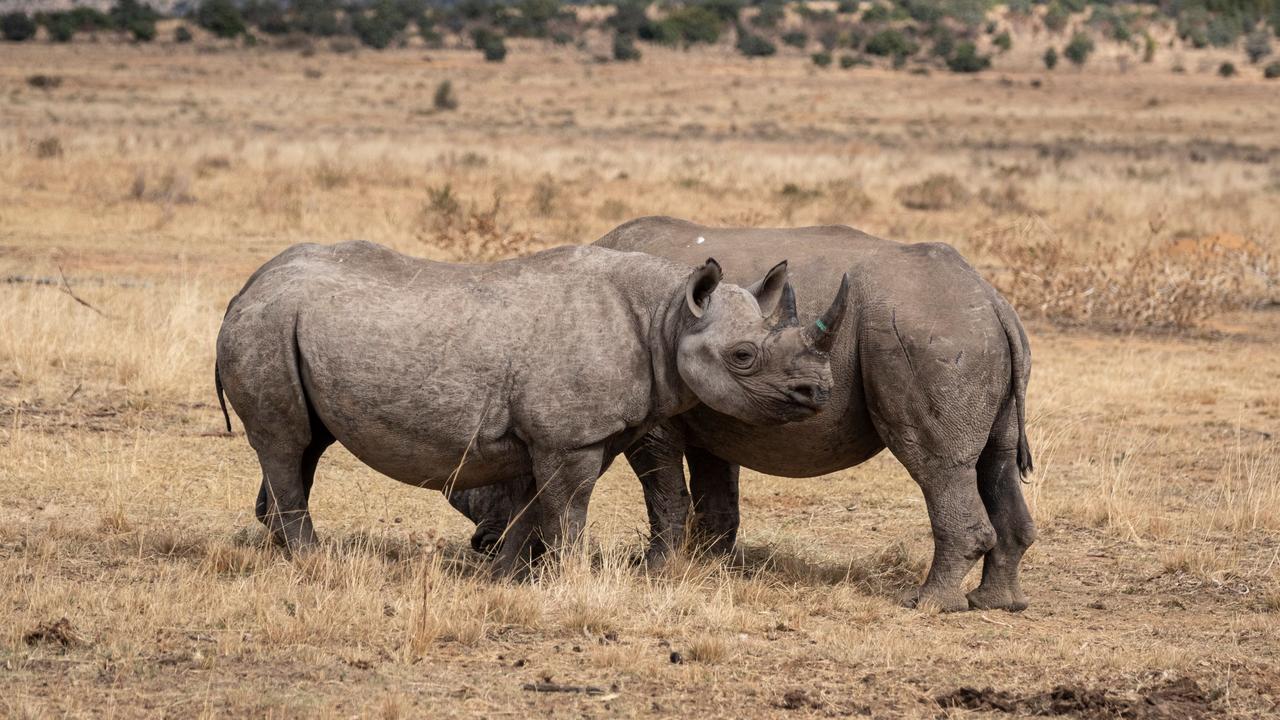Scientists use ancient DNA to discover who wore this 20,000-year-old elk tooth pendant
This elk tooth pendant is about 20,000 years old. Scientists have used ancient DNA to discover the woman who wore it around her neck

READING LEVEL: GREEN
Scientists have used ancient* DNA* to discover who wore a 20,000-year-old elk* tooth pendant* found inside a cave in Siberia.
In a world first, the international research team used a new method for isolating* DNA from ancient bones and teeth without destroying them.
DNA exists in every cell inside our bodies. It is the instruction manual for how our bodies work and no two people have the same DNA. We leave our DNA behind on things we touch and it can be found inside our blood, skin, bones and teeth.
From the DNA gathered in the cave, scientists were able to create a precise* genetic* profile of a Stone Age woman who used or wore the tooth, which was pierced* to become a necklace, as well as the elk from which the tooth was taken.
The DNA shows the pendant was made between 19,000 and 25,000 years ago.

“I find these objects made in the deep past extremely fascinating, since they allow us to open a small window to travel back and have a glance into these people’s lives,” said molecular biologist* Elena Essel of the Max Planck Institute for Evolutionary Anthropology in Germany, lead author of the study published in the journal Nature.
She said the DNA proved the Stone Age woman was closely related to a population of hunter-gatherers* known to have lived in a part of Siberia east of the Denisova Cave site in the foothills of the Altai Mountains in Russia.

The researchers used gloves and face masks when digging up and handling the pendant, avoiding it being accidentally mixed with modern DNA.
Ms Essel said while holding the artefact* in her own gloved hands, she felt “transported back in time, imagining the human hands that had created and used it thousands of years ago”.
“As I looked at the object, a flood of questions came to mind. Who was the person who made it? Was this tool passed down from one generation to the next, from a mother to a daughter or from a father to a son? That we can start addressing these questions using genetic tools is still absolutely incredible to me,” Ms Essel added.

GLOSSARY
- ancient: very old
- DNA: stands for deoxyribonucleic acid. It is the instructions for how to make the body, similar to the blueprints for a house
- elk: an animal that is part of the deer family
- pendant: object that usually hangs from a necklace
- precise: exact
- genetic: relating to the study of genes and how traits are passed down from one generation to the next
- pierced: having made a hole in something
- molecular biologist: someone who studies DNA to understand its role and functions
- hunter-gatherers: people who collect food by hunting wild animals or by searching for wild, edible plants
- artefact: an object made by a human being in the past
EXTRA READING
DNA program finds what makes humans unique
Cloned Tassie tiger gets closer
Ancient tooth provides key to ancient humans
QUICK QUIZ
- What animal did the tooth come from?
- Where is the cave where the tooth was found?
- When was the pendant made?
- The Stone Age woman is closely related to which other people?
- Why did scientists wear gloves and face masks when digging for the tooth?
LISTEN TO THIS STORY
CLASSROOM ACTIVITIES
1. Who wore the pendant?
In the Kids News article, some key questions were raised by the lead author of the study:
Who was the person who made it?
Was this tool passed down from one generation to the next, from a mother to a daughter or from a father to a son?
Some other interesting questions to ponder could be:
Where did the pendant come from?
What significance did it hold to its owner?
Ponder and record your answers to the above questions.
Time: allow 15 minutes to complete this activity
Curriculum Links: English, History, Personal and social, Critical and creative thinking.
2. Extension
How can we use DNA in the future to achieve positive outcomes for humans and other living creatures? Discuss with a partner and record your key ideas.
Time: allow 15 minutes to complete this activity
Curriculum Links: English, Science, Personal and social, Critical and Creative thinking.
VCOP ACTIVITY
Complex sentences in action
1. Read the article carefully and highlight the complex sentences.
2. Write a paragraph (five to six sentences) summarising the article. Use at least two complex sentences in your paragraph.
3. Imagine you are a scientist studying ancient DNA. Write a complex sentence explaining why it is important to use gloves and face masks when handling ancient artefacts.
Discuss with a partner or in a small group what you find most interesting about the article. Use at least one complex sentence in your discussion.
Extension
Look up the Altai Mountains in Russia on a map. Write a complex sentence describing where they are located.
Write a complex sentence explaining why the pendant is important to scientists studying the Stone Age.

